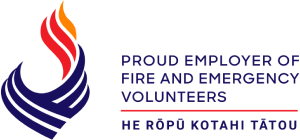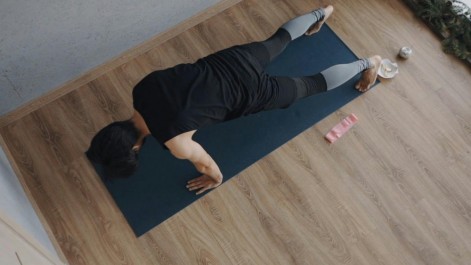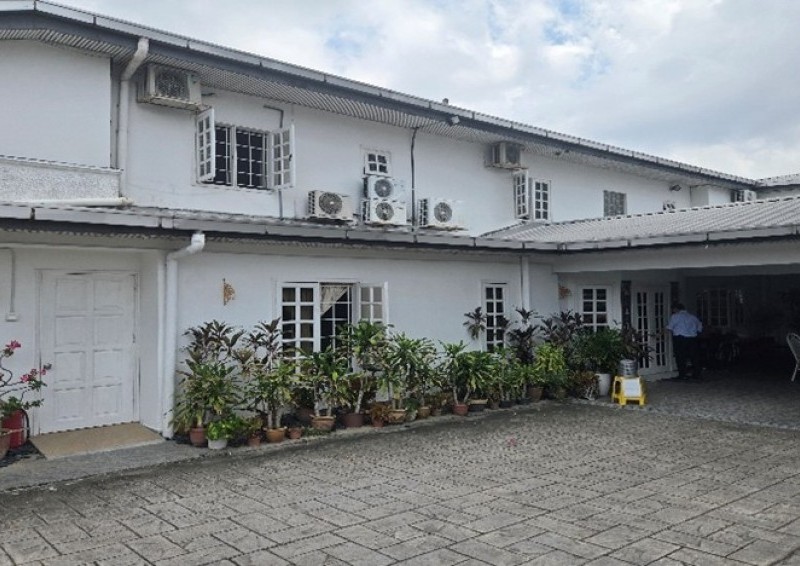Aotearoa New Zealand is embracing the digital health revolution, with new technologies transforming how healthcare is delivered, especially in remote communities and culturally diverse populations. From telehealth to AI and wearable devices, these innovations are helping create a more connected, accessible, and equitable health system.
1. The Rise of Telehealth in New Zealand
Telehealth became essential during the COVID-19 pandemic, allowing Kiwis to access care without leaving home. In rural areas—such as the Far North, East Coast, and parts of the South Island—telehealth has significantly reduced the barriers created by distance and transport challenges.
The Ministry of Health has supported the rollout of virtual GP consultations, mental health services, and specialist referrals through secure video platforms. For many wh?nau M?ori and Pasifika families, this model has improved engagement by making healthcare more convenient and less intimidating.
2. Wearable Technology: Supporting Wh?nau Wellbeing
Smartwatches and health trackers are gaining popularity among New Zealanders aiming to take charge of their health. These devices help people track heart rates, steps, sleep, and even stress—encouraging a proactive approach to hauora (wellbeing).
For those managing chronic conditions such as diabetes or cardiovascular disease—both more prevalent among M?ori and Pasifika communities—wearables provide real-time data that can be shared with doctors for more effective treatment plans. District Health Boards (DHBs) and now Te Whatu Ora (Health New Zealand) are exploring how these tools can support home-based care.
3. Artificial Intelligence (AI): Enhancing Care and Equity
In New Zealand, AI is increasingly being integrated into diagnostic services, including radiology and pathology. Algorithms are helping radiologists interpret imaging faster and with improved accuracy, especially in high-demand areas.
AI is also being used in public health planning—helping Te Aka Whai Ora (the M?ori Health Authority) and Te Whatu Ora understand population health trends, identify service gaps, and better support M?ori models of care.
Importantly, as we integrate AI, there’s a growing focus on ensuring algorithms are culturally safe, transparent, and aligned with Te Tiriti o Waitangi.
4. Empowering Patients Through Digital Tools
The expansion of patient portals (such as ManageMyHealth and MyIndici) allows New Zealanders to book appointments, view test results, and message GPs—putting more control into the hands of individuals and wh?nau.
Older adults living independently benefit from medication reminders and video GP check-ins, while younger Kiwis use mental wellness apps like Melon and Just a Thought to support emotional health. These tools are especially helpful for international students, migrants, and rural patients navigating the NZ healthcare system.
Conclusion: A Digitally Connected, Culturally Grounded Future
Technology is helping Aotearoa build a smarter, more equitable healthcare system—one that reduces barriers, improves access, and supports culturally appropriate care. By integrating innovation with tikanga M?ori, wh?nau values, and patient empowerment, we can ensure that healthcare works for every community, no matter where they live.
Back to Blog







